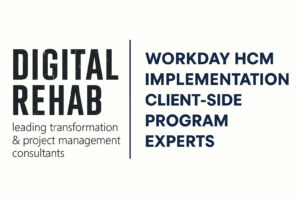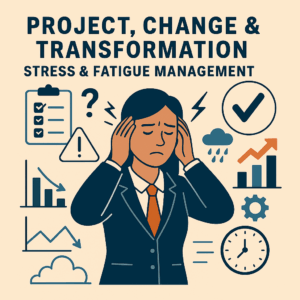Just because your project is live doesn’t mean it’s over. In fact, one of the most overlooked phases in the project lifecycle is post-launch. Amid the excitement and relief of going live, the closure phase often gets shortchanged – yet it’s critical to long-term success.
Here are my top 10 tips to help you manage web projects effectively after launch. Because post-live management isn’t a “nice to have” – it’s essential.
1. Confirm It’s Actually Live
Sounds obvious, but it’s surprising how often a deployment is only partially complete. Double-check the site is fully live, and set up monitoring tools like Pingdom or Site24x7 so you’re the first to know if it goes down. Continue testing post-launch – including regression testing – to ensure nothing else has broken in the process.
2. Check the Checklist
As PM, the buck stops with you. Create a comprehensive checklist before go-live to validate everything post-launch:
- Cross-browser/device QA
- Server monitoring
- Security and backup protocols
- Redirects and SEO hygiene
- Analytics and tracking
- Data capture and export functionality
Make sure it’s all ticked off.
3. Ramp Down the Project Team Properly
Before everyone moves on, ensure all files are archived, final versions are labelled, and documentation is complete. Developers should comment code and prepare handover docs for future teams. You’ll thank yourself six months from now when a client asks for a forgotten PSD.
4. Define the Finish Line
Scope creep loves ambiguity. Be clear when the project is officially complete. Resist the urge to sneak in last-minute features without proper analysis. Rash post-launch changes often compromise UX and design integrity.
5. Test, Analyse, Reflect
Now’s the time to assess performance against KPIs. Is the project solving the original business problem? Use analytics, stakeholder feedback, and user testing to identify issues and opportunities for optimisation.
6. Create a Roadmap for Enhancements
Don’t let change requests pile up randomly. Prioritise based on impact—not urgency. Start with quick wins, then map out larger enhancements aligned to budget and strategic goals.
7. Optimise, Analyse, Repeat
Once the roadmap is approved, begin implementation—but keep the cycle going. Shift focus from functionality to content strategy. How will the site stay sticky, useful, and rewarding over time?
8. Assess Budget vs. Actuals
Compare original estimates with actual spend. Where did you go over or under—and why? Share these insights with the client to build transparency and improve future forecasting.
9. Review and Learn
Conduct a post-project review with all stakeholders. Document what worked, what didn’t, and what should change next time. Share learnings across your PMO to elevate collective capability.
10. Celebrate the Win
Don’t skip this. A team lunch, a shout-out, a client thank-you—it matters. Acknowledge the effort, communicate the success, and ensure training is in place so users can realise immediate value.
What do you think—anything you’d add to the list? I’d love to hear your tips for strengthening project management practices across Australia’s digital landscape.


























